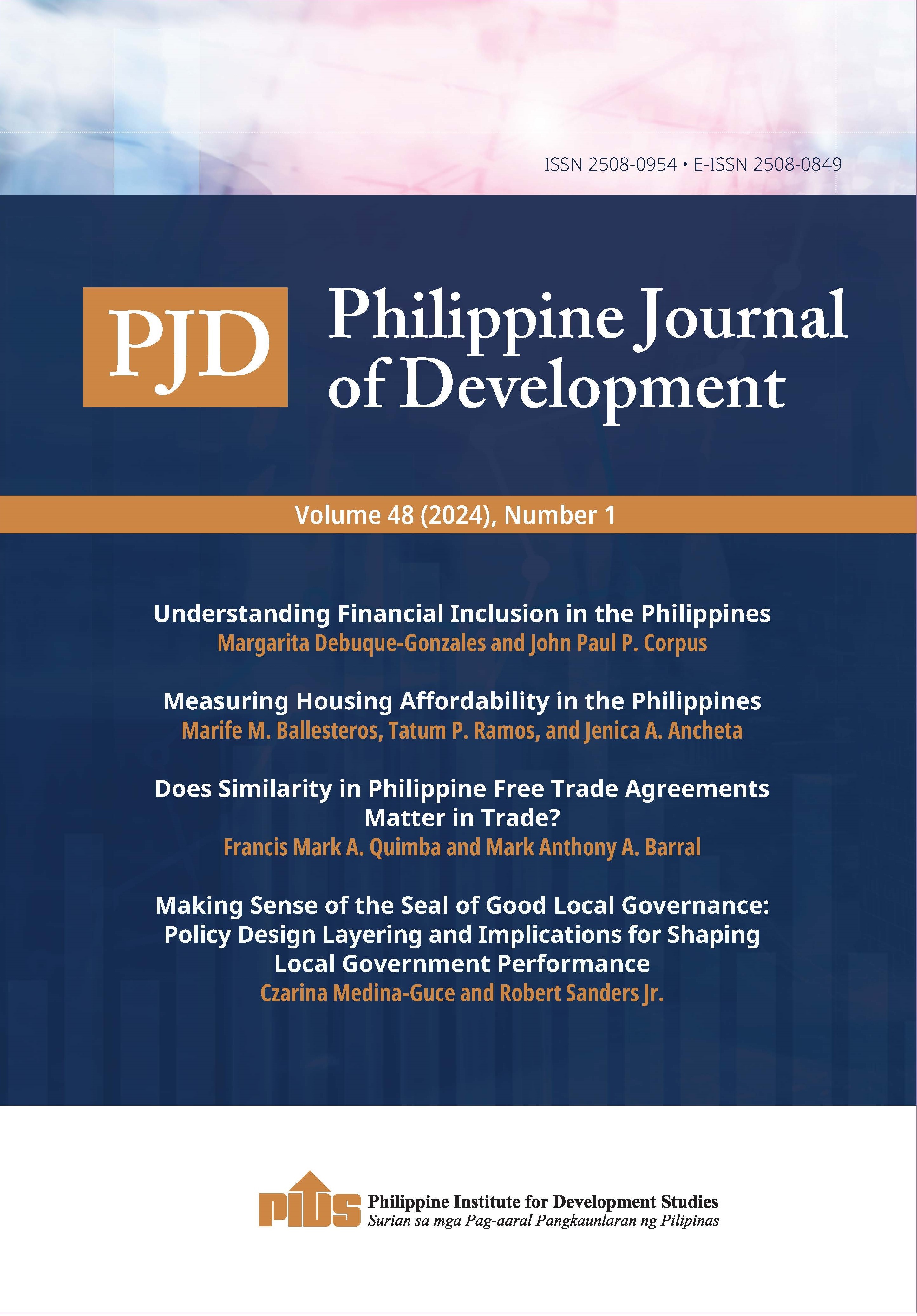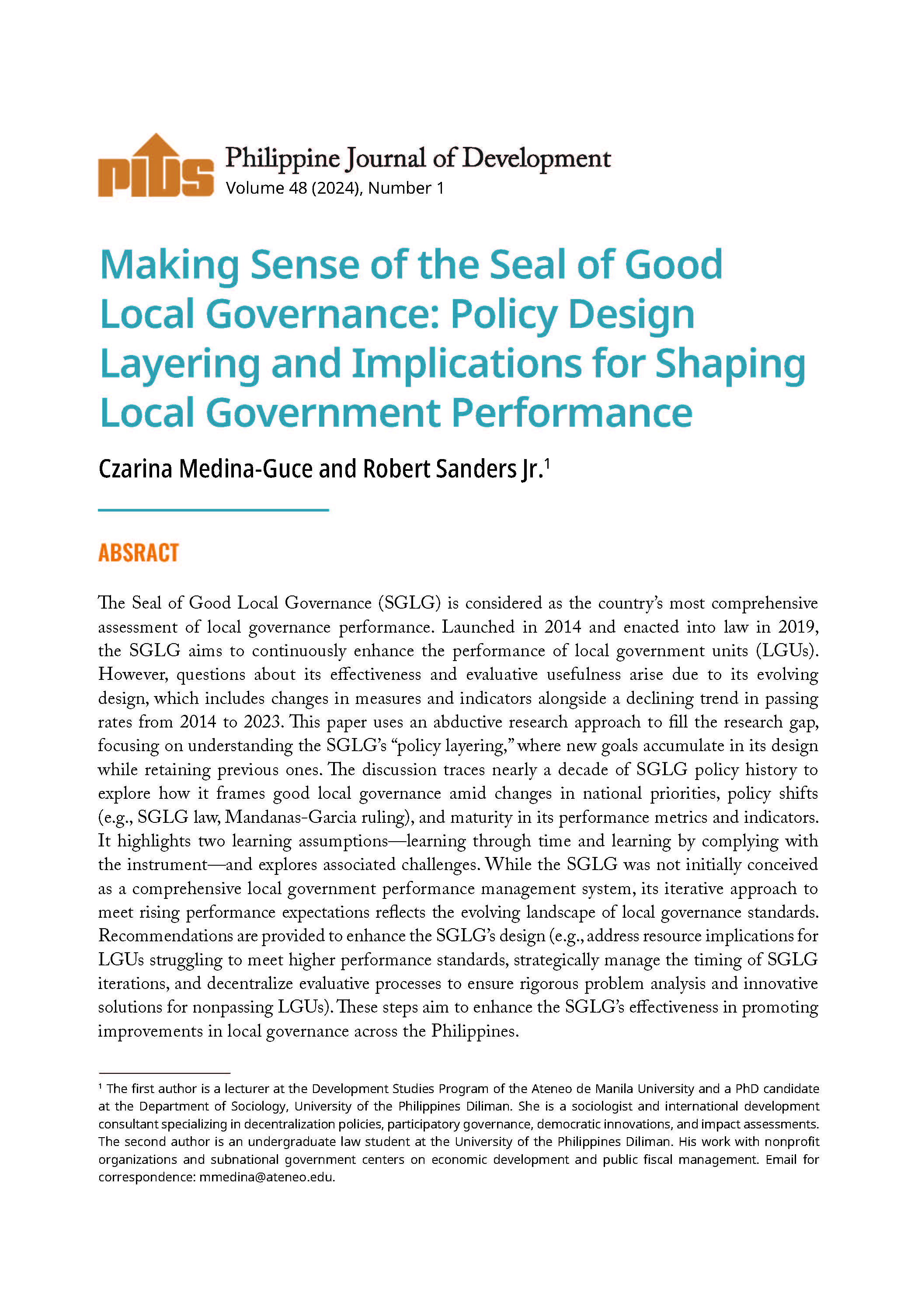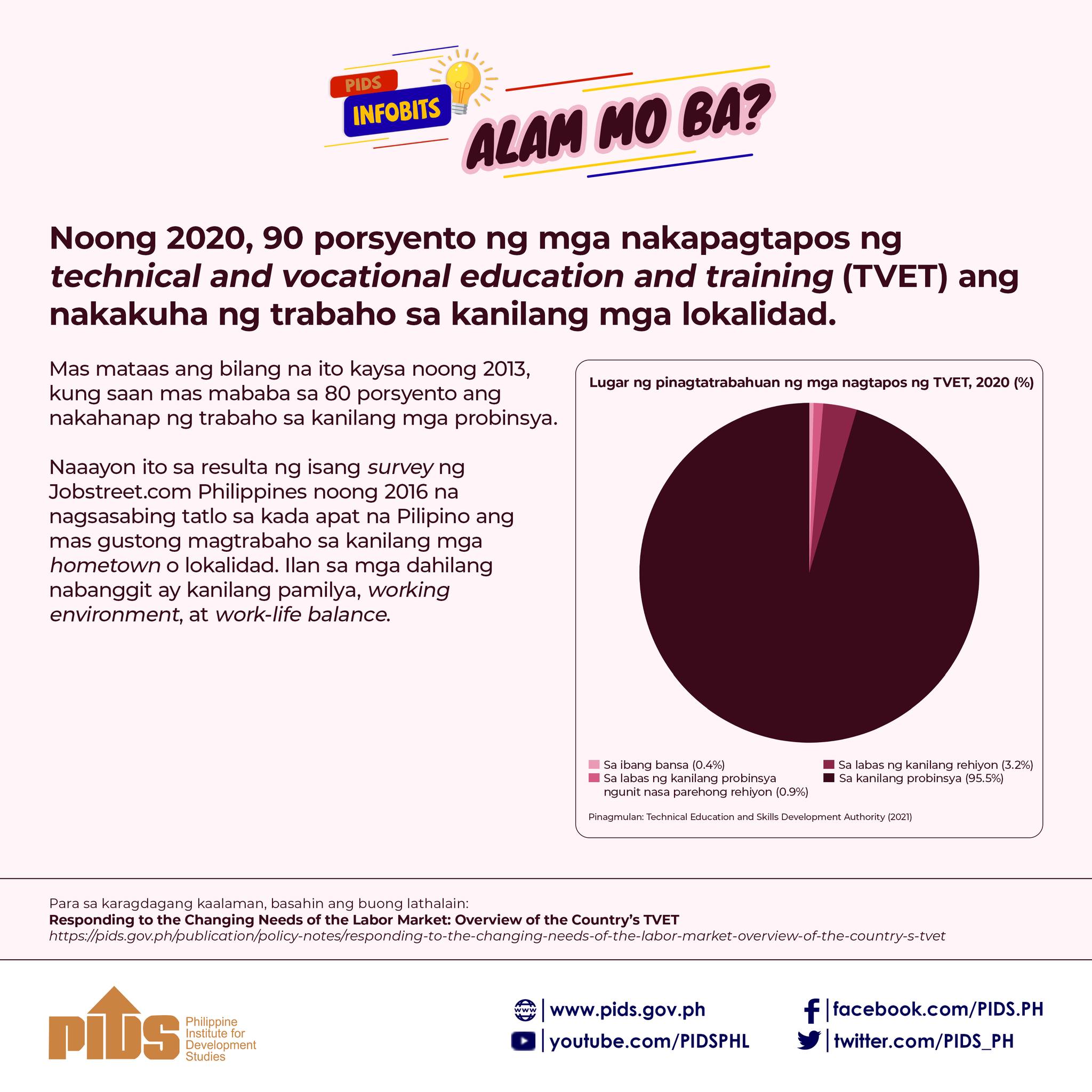The government is encouraging the country’s stakeholders in the manufacturing and its allied industries to take full advantage of the integrated Asean Economic Community (AEC) and other free trade agreements (FTAs) that the Philippines has with trading partners given that the local sectors are heavily engaged in regional value chains.
At the 17th Edition of the Trade and Industry Development (TID) Updates organized by the Philippine Board of Investments (BOI), Dr. Rafaelita Aldaba of the Philippine Institute for Development Studies, said that local industries have not fully maximized the benefits of the available FTAs.
She said a survey showed a 44 percent awareness level, with limited knowledge of the detailed impact of the AEC on business.
The survey indicated that based on various studies conducted in the past, the FTAs’ utilization rate is at a low of 11.8 percent in 2008, lower than 15 percent from 2006 to 2007.
The utilization rate however increased to 20 percent in 2010 and 30.8 percent in 2014, but Aldaba said country’s businesses and industries should have been utilizing more.
According to the survey, Asean Trade in Goods Agreement is the most frequently used FTA, followed by ASEAN’s FTAs with China and Japan.
Findings of the survey showed that out of the 939 firms asked, only 207 or 22 percent are FTA users with the lack of knowledge on how to use the FTAs, difficulties in complying with rules of origin (ROO) requirements and high administrative costs as the top reasons for the low utilization rate.
Large enterprises have a higher utilization at 39 percent while among SMEs, only 16 percent are FTA users.
Aldaba said some businesses especially those located in special economic zones are less inclined to use FTAs since they already enjoy duty- and tax-free importation of raw materials, supplies, capital equipment, and spare parts.
The other factors behind the FTAs’ low utilization include small trade volumes with countries, and countries outside of AEC being their major markets, such as the United States and Mexico.
Aldaba cited recommendations to improve the industries understanding of the FTAs including more awareness programs on how to use FTAs and how firms can take advantage of opportunities and the use of information and communication technology such as more interactive websites to increase scope and reach of promotional and technical training program.
Dr. Ceferino Rodolfo, BOI managing head, urged local industries attending the TID Updates to further seize the opportunities of the sound economic fundamentals and sustained investor confidence that the country is presently in as investment pledges continue to pour in.
Rodolfo cited a report from Credit Suisse which indicated that the Philippines so far this year was the clear winner among member countries of the Asean, in attracting foreign direct investments which stood at a multi-decade high of $8 billion as of end-April, up from $6 billion in 2015 and $1 billion just five years ago.
At the 17th Edition of the Trade and Industry Development (TID) Updates organized by the Philippine Board of Investments (BOI), Dr. Rafaelita Aldaba of the Philippine Institute for Development Studies, said that local industries have not fully maximized the benefits of the available FTAs.
She said a survey showed a 44 percent awareness level, with limited knowledge of the detailed impact of the AEC on business.
The survey indicated that based on various studies conducted in the past, the FTAs’ utilization rate is at a low of 11.8 percent in 2008, lower than 15 percent from 2006 to 2007.
The utilization rate however increased to 20 percent in 2010 and 30.8 percent in 2014, but Aldaba said country’s businesses and industries should have been utilizing more.
According to the survey, Asean Trade in Goods Agreement is the most frequently used FTA, followed by ASEAN’s FTAs with China and Japan.
Findings of the survey showed that out of the 939 firms asked, only 207 or 22 percent are FTA users with the lack of knowledge on how to use the FTAs, difficulties in complying with rules of origin (ROO) requirements and high administrative costs as the top reasons for the low utilization rate.
Large enterprises have a higher utilization at 39 percent while among SMEs, only 16 percent are FTA users.
Aldaba said some businesses especially those located in special economic zones are less inclined to use FTAs since they already enjoy duty- and tax-free importation of raw materials, supplies, capital equipment, and spare parts.
The other factors behind the FTAs’ low utilization include small trade volumes with countries, and countries outside of AEC being their major markets, such as the United States and Mexico.
Aldaba cited recommendations to improve the industries understanding of the FTAs including more awareness programs on how to use FTAs and how firms can take advantage of opportunities and the use of information and communication technology such as more interactive websites to increase scope and reach of promotional and technical training program.
Dr. Ceferino Rodolfo, BOI managing head, urged local industries attending the TID Updates to further seize the opportunities of the sound economic fundamentals and sustained investor confidence that the country is presently in as investment pledges continue to pour in.
Rodolfo cited a report from Credit Suisse which indicated that the Philippines so far this year was the clear winner among member countries of the Asean, in attracting foreign direct investments which stood at a multi-decade high of $8 billion as of end-April, up from $6 billion in 2015 and $1 billion just five years ago.












